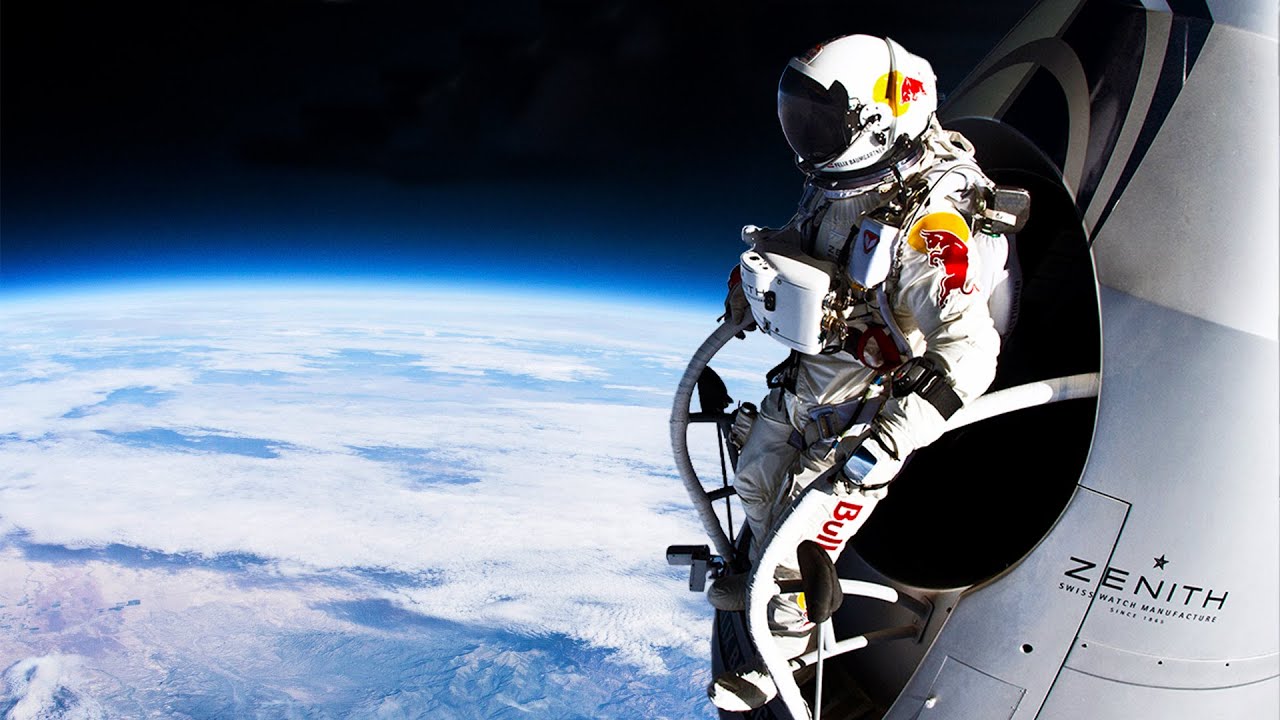As we gaze upon the stars and dream of one day visiting far-off galaxies, the concept of interstellar travel continues to captivate our imagination. Ever since humans looked up at the night sky, the notion of exploring distant star systems has been woven into our culture through science fiction, inspiring countless individuals to ponder the possibilities of space exploration. However, the harsh realities and significant challenges surrounding interstellar travel often remain unaddressed. This article delves into the complexities of traveling to distant stars and the implications of such journeys for humanity.
The Distance Dilemma
At the heart of interstellar travel lies one insurmountable challenge: distance. The stars are unimaginably far away, with our closest neighbor, Proxima Centauri, located over 4.24 light-years from Earth. To put this into perspective, let’s consider the fastest speed achieved by a human-made object: the Helios 2 spacecraft, which traveled at approximately 240,000 km/h. Even at that extraordinary velocity, it would take about 19,000 years to reach Proxima Centauri.
Clearly, the limitations of our current technology pose major obstacles. Here are some key insights regarding these distances:
– Light-speed Travel: Currently, we have no feasible technology to achieve light-speed travel, which remains the theoretical maximum speed in the universe.
– Time: With existing propulsion systems, any manned mission to another star system is impractical and nearly impossible given human lifespans.
The Concept of a Generation Ship
One hypothetical solution to the time challenge is the concept of a “Generation Ship.” This spacecraft would carry a crew of individuals who would spend their entire lives aboard the ship, passing it down through generations until it eventually reaches its destination. However, the psychological ramifications of this type of journey could be significant.
– Cultural Isolation: The inhabitants of such a ship would live in a confined environment without ever experiencing the destination planet.
– Generational Sacrifices: Over the course of 600 generations, people would endure the sacrifices of their ancestors for a goal that may seem increasingly uncertain as generations pass.
The Wait Calculation
One of the most intriguing challenges to interstellar travel is embodied in the concept known as the Wait Calculation. Proposed by Andrew Kennedy in a 2006 paper, this concept deals with the optimal timing for sending human colonists out to another star system,
The Wait Calculation suggests that it should be a minimum travel time to any place in the universe. If humans send colonists without the capacity to reach faster travel speeds, they risk arriving at their designated destination after others have already settled there. This lapse in timing could lead to wasted efforts and resources, culminating in a sense of futility among the original travelers.
Imagine a Generation Ship launched in 2018 heading towards a habitable planet around Proxima Centauri. By the time it arrives, approximately 19,000 years later, significant technological advancements may have occurred on Earth. An advanced civilization, buoyed by new forms of transportation capable of making the journey in only 5,000 years, could have already established itself on that very planet. The crew, weary from their long journey, would discover a bustling society already thriving, rendering their efforts essentially pointless.
The Psychological Impact
The implications of such a realization can be profoundly disturbing. Members of the original crew may experience severe psychological consequences, such as:
– Feelings of Worthlessness: The belief that their sacrifices achieved nothing could lead to deep existential crises.
– Cultural Displacement: Upon finding others on the new planet, they may struggle with their identity and sense of belonging.
– Generational Trauma: The lost hopes and dreams of multiple generations could create lasting impacts on their psyche.
The Gambit of Space Colonization
Given the implications of the Wait Calculation, one must ponder on whether individuals would willingly volunteer for such a mission. Would you, knowing the potential outcomes, undertake a journey where you may find your sacrifices meaningless due to advancements made by future generations? The emotional and psychological risks could deter many from ever signing up.
However, humanity has always been a species driven by exploration and discovery. The allure of taking part in creating a new civilization, despite understanding the potential that their efforts could be negated by faster methods, remains an attractive proposition for some.
The Need for Light-Speed Solutions
Unless we discover a way to travel at or near light speed, which is currently deemed impossible, colonizing distant planets will remain a theoretical pursuit. Should advances in technology allow us to reach these remarkable speeds, potential colonists could alleviate some of their fears around timing and wasted efforts, turning their long journeys into valuable contributions toward humanity’s future.
– Exploration vs. Exploitation: As we contemplate the cosmos, our purpose shifts between being mere explorers and the hope of establishing new societies.
– The Quest for Knowledge: Knowledge itself provides needed motivation; perhaps those on the ship would find fulfillment through research and contributing to humanity’s understanding of the universe.
Conclusion
Interstellar travel ignites visions of hope for many, but the challenges are daunting. The realities of distance, technology, psychological impact, and the Wait Calculation present significant hurdles that humanity must address before taking such a leap into the unknown. Despite the vast complexities involved, the quest for knowledge and exploration continues to drive us forward. The dream of reaching the stars may be more complicated than we imagined, but as humanity progresses, so too does our understanding of the universe and our role within it.
Whether we will ever truly venture to distant stars remains uncertain, but the pursuit itself is indeed one of our greatest adventures. **Join the conversation and share your thoughts on the future of interstellar travel – what do you think is the key to overcoming these challenges?
For a more in-depth understanding, you can watch the full video here:


